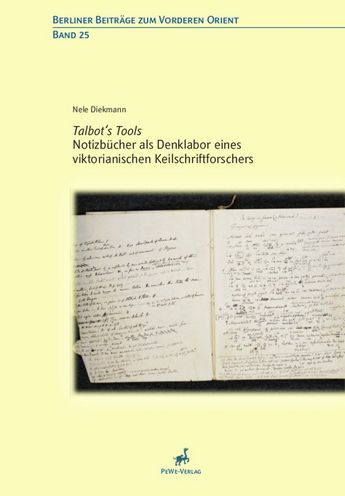Home
Talbot's Tools: Notizbucher als Denklabor eines viktorianischen Keilschriftforschers
Barnes and Noble
Talbot's Tools: Notizbucher als Denklabor eines viktorianischen Keilschriftforschers
Current price: $40.00


Barnes and Noble
Talbot's Tools: Notizbucher als Denklabor eines viktorianischen Keilschriftforschers
Current price: $40.00
Size: OS
Loading Inventory...
*Product information may vary - to confirm product availability, pricing, shipping and return information please contact Barnes and Noble
Much has been written about the decipherment, in the course of the 19th century, of ancient systems of writing, for instance the Egyptian hieroglyphs or the Assyrian-Babylonian cuneiform script. But rarely do we learn more about the details of the researchers' methods when they were trying to solve an equation with many unknown quantities. How exactly did they proceed on their way to an understanding of the structure and meaning of the unknown signs? And which instruments were available towards the solution of such complex intellectual riddles? The publication is concerned with just that question. What was the role in the research process of the numerous notebooks which the Victorian scholar William Henry Fox Talbot (1800-1877) left behind? They provide an opportunity to observe how thinking and writing supplement each other and interact to produce results on the page that could not possibly have been reached just "in the mind". In his notebooks Talbot categorizes, orders, experiments and corrects; the publication aims at analysing those partially superimposed processes and elucidate them with many examples. In addition to matters of script research, in general, the volume gives a detailed overview over the early history of cuneiform research: it begins with the first reports by travellers to the Middle East, continues with the successful decipherments by Henry Rawlinson (1810-1895) and Edward Hincks (1792-1866) and even includes the power and information policies among scholarly circles of the Victorian society. The book thus touches upon several disciplines: it treats to the same degree questions of the theory of script, the history of science and of Ancient Near Eastern Studies.


















